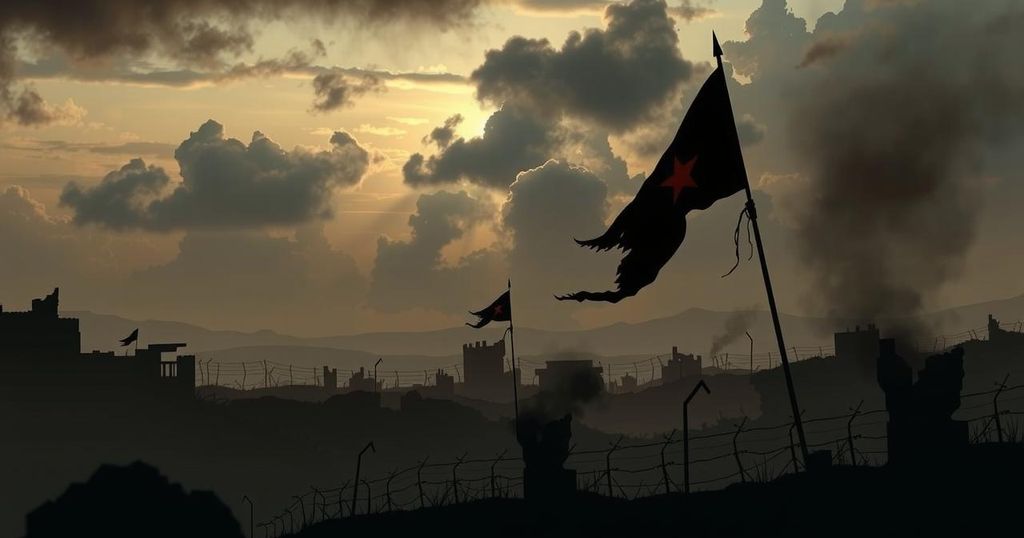Understanding Blood Diamonds: Definitions, Implications, and Human Rights Concerns
The term “blood diamond,” also referred to as a “conflict diamond,” is defined by the United Nations (UN) as any diamond mined in regions controlled by factions that oppose the legitimate, internationally recognized government of a nation and are sold to finance military actions against that government. This precise definition emerged in the 1990s, during a period marked by brutal civil wars in western and central Africa, driven by rebel groups operating in areas abundant with diamonds. Three primary conflicts—in Angola, the Democratic Republic of the Congo, and Sierra Leone—highlighted the disastrous implications of diamond commerce, although similar circumstances arose in other regions as well.
Diamonds extracted from rebel-dominated territories were either sold directly to merchants or were smuggled into neighboring countries, where they were commingled with legitimately sourced diamonds and subsequently sold on the open market. Funds obtained from these sales were used to procure arms and military equipment for the rebel factions, many of which perpetrated violent campaigns that inflicted considerable suffering upon civilian populations.
Once a conflict diamond has undergone processing—being cut and polished—it becomes virtually indistinguishable from any other diamond. A growing global awareness emerged concerning the influx of these gemstones into large consumer markets in the West, where buyers faced significant challenges in discerning conflict diamonds from ethically sourced ones. Furthermore, diamond merchants expressed concern that the burgeoning aversion to blood diamonds might initiate widespread calls for boycotting all diamonds altogether.
In recognition of these issues, the UN Security Council, in 2000, published a report detailing the presence of conflict diamonds in global markets, which prominently implicated De Beers Consolidated Mines, Ltd., the leading Anglo-South African diamond company responsible for roughly 60 percent of the worldwide trade in rough diamonds. The report further admonished Antwerp, Belgium—recognized as the largest diamond market globally—for not implementing measures to verify the origins of the traded diamonds. Consequently, in collaboration with human rights advocates and the UN, various trade associations established the Kimberley Process, a certification regime initiated in 2003 to determine whether diamonds supplied by exporting nations were “conflict-free.” As the most severe African civil wars retreated and central governments regained authority over previously rebel-held regions, the percentage of blood diamonds in the global diamond trade diminished from approximately 15 percent during the 1990s to below 1 percent by 2010.
Nonetheless, some human rights advocates have raised concerns regarding the significance of these statistics, suggesting that they adhere strictly to the UN’s specific classification of blood diamonds as those that fund insurgencies against state governments. They have cited Zimbabwe as an example, asserting that even in nations deemed conflict-free, it remains feasible for recognized government officials to exploit their control over legal diamond operations for personal gain, to maintain their power, or to benefit their associates—often at the cost of diamond miners and other laborers who may face mistreatment and denial of fundamental human rights. The misappropriation of the legitimate diamond trade in Zimbabwe has indeed led to calls for a redefinition of blood diamonds to encompass gems whose trade is fundamentally rooted in aggression or violence of any kind. Such a redefinition would expand the campaign against blood diamonds to include several diamond-rich nations where human rights violations are prevalent.
In conclusion, while the establishment of the Kimberley Process has contributed to a significant reduction in the proliferation of blood diamonds, further examination and potential redefinition of the term are essential in addressing the ongoing human rights abuses linked to the diamond industry in various countries.







Post Comment